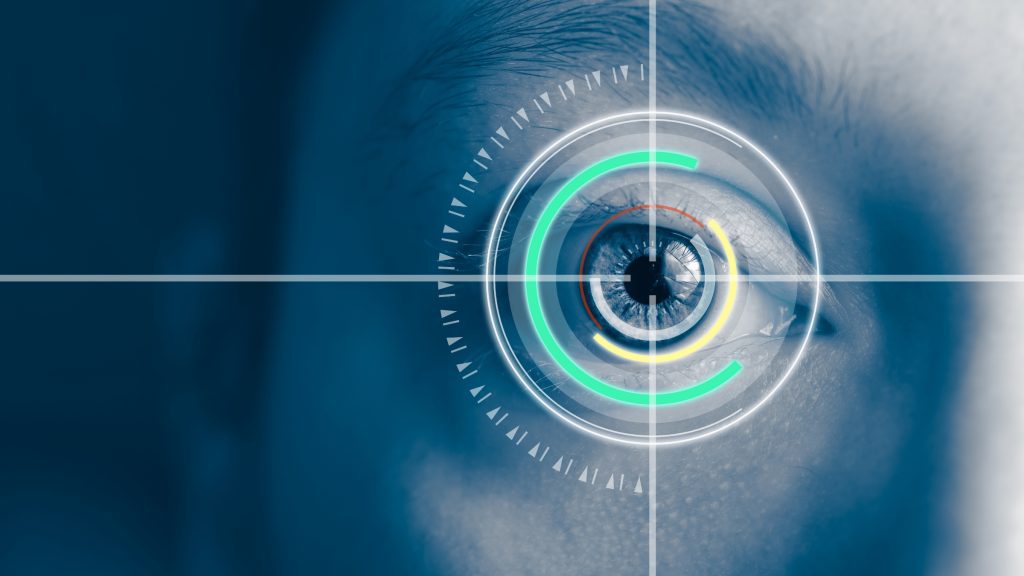
King’s College London and King’s College Hospital NHS Foundation Trust researchers have developed a new robotic system for the treatment of debilitating eye disease, wet neovascular age-related macular degeneration (AMD condition)
The robot was used to deliver a one-time, small dose of invasive radiation to the affected area of the eye, followed by the usual routine of the eye injection used in the traditional treatment, reducing the need for frequent injections.
What Is Wet AMD?
Wet AMD condition targets people over 50, characterized by the fast growth of tiny leaky blood vessels in the back of the eye leading to tissue damage, as well as vision loss. This disease affects the central vision, making it difficult for patients to perform some activities, such as reading, driving, and recognizing faces, but does not lead to total blindness.
Targeted Precision with Less Injections
Traditional treatment requires regular injections directly into the eye. However, the research found that patients that are being treated with the new robot administered radiotherapy needed 22% less injections over two years.
The new treatment offers enhanced targeting capabilities over existing methods by directing three beams of highly focused radiation into the affected area of the eye.
In this regard, Professor Timothy Jackson, the study’s lead author, and King’s College London and Consultant Ophthalmic Surgeon at King’s College Hospital said, “Research has previously tried to find a better way to target radiotherapy to the macula, such as by repurposing devices used to treat brain tumors. But so far nothing has been sufficiently precise to target macular disease that may be less than 1 mm across.”
“Patients generally accept that they need to have eye injections to help preserve their vision, but frequent hospital attendance and repeated eye injections isn’t something they enjoy. By better stabilizing the disease and reducing its activity, the new treatment could reduce the number of injections people need by about a quarter. Hopefully, this discovery will reduce the burden of treatment that patients have to endure,” Jackson added.
The study also shed some light on the financial aspect, revealing the use of such technology for the treatment of wet AMD condition could reduce the cost on NHS, saving $726.31per patient over two years due to fewer required injections.
Final Thoughts
Indeed, this new robotic system is there to help both physicians and patients in terms of cost reduction of the treatment, as affected people will need fewer injections, lowering the cost also on the NHS. However, will this robotic treatment be affordable for all?
Inside Telecom provides you with an extensive list of content covering all aspects of the Tech industry. Keep an eye on our Medtech section to stay informed and updated with our daily articles.